
Video
Unique Properties
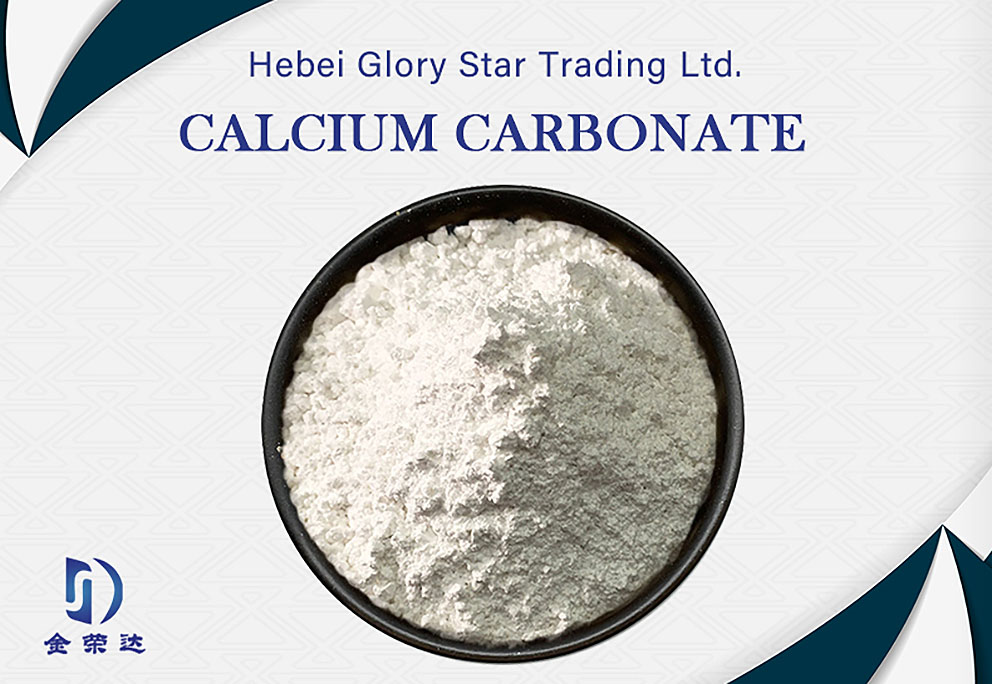
Physical Property
| Typical aspect ratio | 3 |
| Specific Gravity | 2.7 |
| Refractive Index | 1.6 |
| pH | 8-9 |
| Mohs Hardness | 3-4 |
Precipitated Calcium Carbonate
|
Purity |
Apperance |
300~2000meshes market |
|
over 98.5% |
good white powder |
|
Specifications
Heavy (Ground) Calcium Carbonate is widely used as filler and improver.
Purity: 98%min.
Appearance: white powder.
Heavy calcium carbonate, also called ground calcium carbonate, is produced by natural superior calcite, which has high purity and whiteness. The size ranges from under 400 mesh which is called primary products, to 2000 mesh or above, depending on your requirement.
Heavy (Ground) Calcium Carbonate is widely used as filler and improver in plastic, paint, paper-making, rubber, feed, daily chemical, ceramics, adhesives and ink industry.
Function of calcium carbonat
Low heavy metal content, using high-quality natural calcite production, lead and arsenic content can be lower than 0.3, and has no sulfide; Manganese, aluminum, magnesium content is very low, processing for customers.
Certificate
Our factories have achieved ISO Certificate, 23 technologies have obtained national patents.
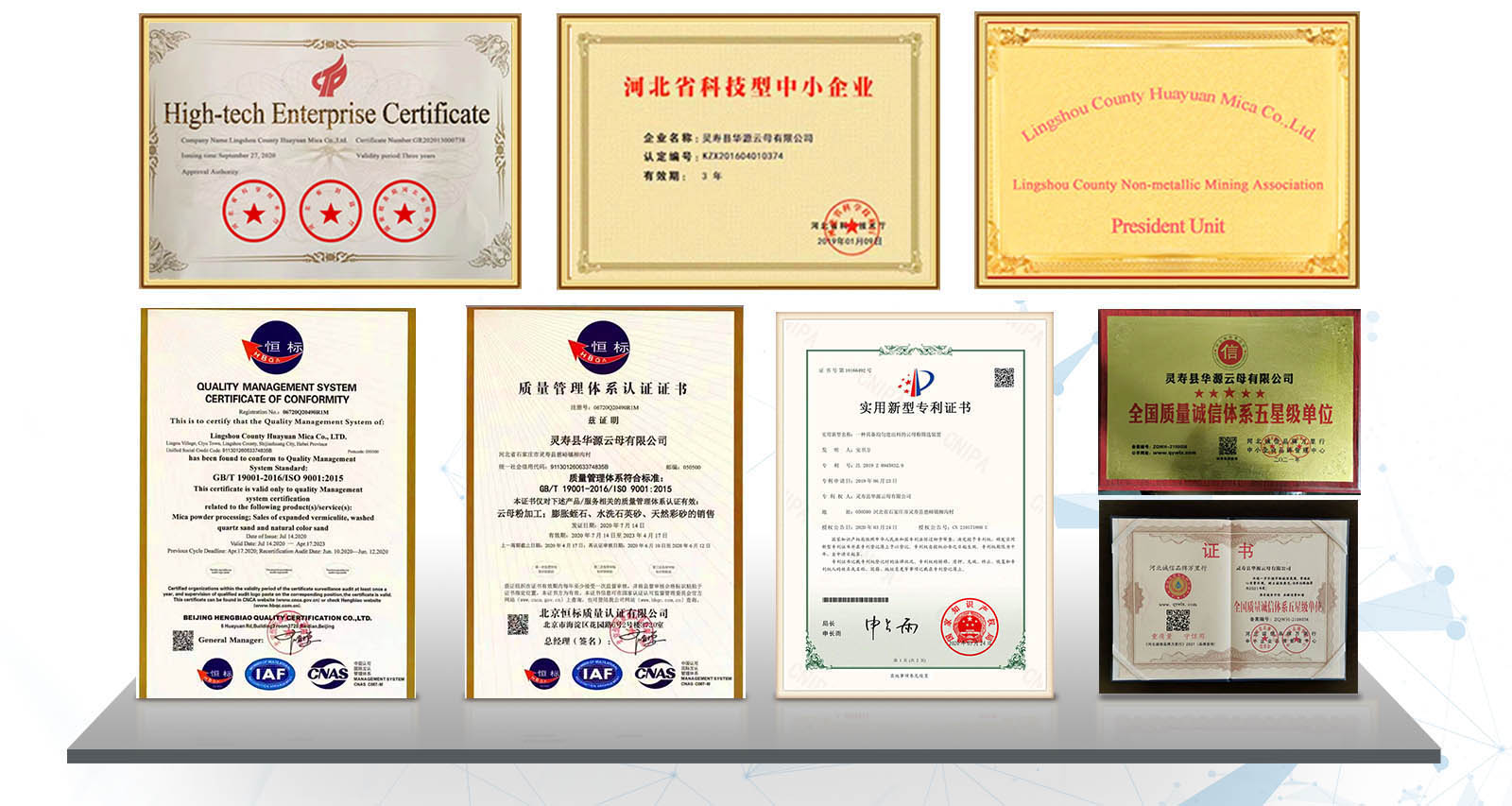
Application
1. As preservative of wheat, apples, cabbage, dessert and others and food additive.
2. Be used in the production of dyes and dyeing industry: ultrafine active heavy calcium carbonate.
3. As adhesives and sealants: ultrafine active heavy calcium carbonate.
4. Be used in aper industry: superfine heavy calcium carbonate rubber industry.
5. Be used in Plastics industry: heavy calcium carbonate.
|
INDEX NAME |
standard A | our test result |
|
CaCo3 content ≥ |
98 |
98.4 |
|
PH value(10%soliquoid) |
8.0-10.5 |
9 |
|
Particle size um(average) |
-- |
3.0-4.0 |
|
Moisture Content ≤ |
-- |
0.3 |
|
Oil Absorption ml/100g ≤ |
-- |
38 |
|
Insoluble substance in HCL acid %≤ |
0.2 |
0.1 |
|
activated rate %≥ |
95 |
98 |
|
Fe content ≤ |
0.1 |
0.08 |
|
Mn content, ≤ |
0.008 |
0.007 |
|
Residue 125um % ≤ |
0.01 |
0.008 |
|
Whiteness ≥ |
90 |
93 |
We provide ground calcium carbonate powder (GCC) from natural marble quarries, which has high purity and whiteness. Application for industries such as Paper, paint, ink, rubber, plastic, effluent treatment and others.
Our products are separated into grades with range of partical size from 7µm of fine powder of chip form, COATED and UNCOATED kinds.
- Uncoated fine powder, partical size: from 7 µm to 35µm.
- Coated Powder, particle size: from 7 µm to 30µm.
| CHEMICAL CONTENTS | PHYSICAL SPECIFICATIONS | ||
| CaCO3 content | 98.50% | Whiteness grade | ≥98% |
| MgO | 0.08% | Brightness | ≥96% |
| Fe2O3 | 0.02% | Whiteness grade 9,10,11 | >93% |
| Al2O3 | 0.3% | Moisture contents | 0.2% |
| SiO2 | 0.03% | Density | 2.7g/cm3 |
| Oil absorption | 24g/100g CaCO3 | ||
Light calcium carbonate, another name is precipitated calcium carbonate or precipitated chalkchemical formula is CaCO3. It is made by chemical processing, its volume bysedimentation(2.4-28mL/g)is larger than heavy calcium carbonate(1.1-1.9 ml /g) do, which is produced by mechanical method. At room temperature(25℃) concentration to water shall be 8.7/1029 and the solubility is 0.0014 the pH value shall be 9.5-10.2. Light calcium carbonate is nontoxic odorless, and usually white, with a relative density of 2.7-2.9. it do bag range of application in civil construction and rubber industry and many other business.
Technical Parameter
| Test Item | 1250 Mesh Grade Liglit Calcium Caibonate Powder |
| CaCo3%(contei)t) | 98% |
| PH Value | 8.0-10.0 |
| HCL insoluble% | ≦0.1 |
| Moisture% | ≦0.2 |
| Paiticle size | 11um |
| Fe content% | <0.008 |
| Mn content | <0.006 |
| Whiteness(R457)% | 95% |
| Oil absorption ml/100g | <35 |
| Coated rate% | ≧90 |
| Surface Treatment | Complex Treatment |
| Appearance | Wliite Powder |
Calcium carbonate can be divided into heavy calcium carbonate, light calcium carbonate.
Heavy calcium carbonate is widely used in plastics, rubber, papermaking, coatings, feed, medicine, daily chemicals, glass, ceramics and other fields.
Light calcium carbonate is mainly used as a filler in rubber, plastics, papermaking, coatings, inks and other industries, and can be used in daily chemical products such as tooth powder, toothpaste, cosmetics, etc., and can also be used in organic synthesis, metallurgy, glass and asbestos in production.
The difference between heavy and light calcium
Both calcium carbonate light and calcium carbonate heavy are commonly used as fillers in the coating and plastics industry. The content of the first grade is 99.1% and that of the second grade is 97.9%. The difference between heavy and light calcium carbonate is as follows:
1. The main difference is that light calcium is used for fillers, welding electrodes, organic synthesis, etc. Heavy calcium is used for the production of anhydrous calcium chloride, cement, etc.
2. Ground calcium carbonate or heavy calcium carbonate is calcium carbonate, which is cheap because it is prepared by compressing calcite, and tends to settle when used in emulsioni paint compared with light calcium carbonate.Lightweight calcium carbonate, also known as precipitated calcium carbonate, was found to be progressively smaller in size, larger in oil absorption and higher in price.They are commonly used in latex paint fillers, with the use.
3. Heavy calcium is made by crushing ore, while light calcium is made by artificial synthesis. There is a large amount of coating.
4. Heavy calcium is stable, but relatively light calcium sinks easily.
Light calcium is better in the settlement, but the oil absorption is greater than heavy calcium, the price is generally more expensive than heavy calcium, although the stability is not as good as heavy calcium, but still have stability, even if the external wall paint, its dosage is also very large!
Chemical name: Precipitated calcium carbonate
Molecular formula: CaCo3
Properties: white powder, tasteless and odorless, non-toxic,light, air stable, slightly hygroscopic.
Uses: Precipitated calcium carbonate is the most popular inorganic pigment, is widely used in rubber, paper, plastic adhesive, paint, ink, daily necessities, drugs and feed.
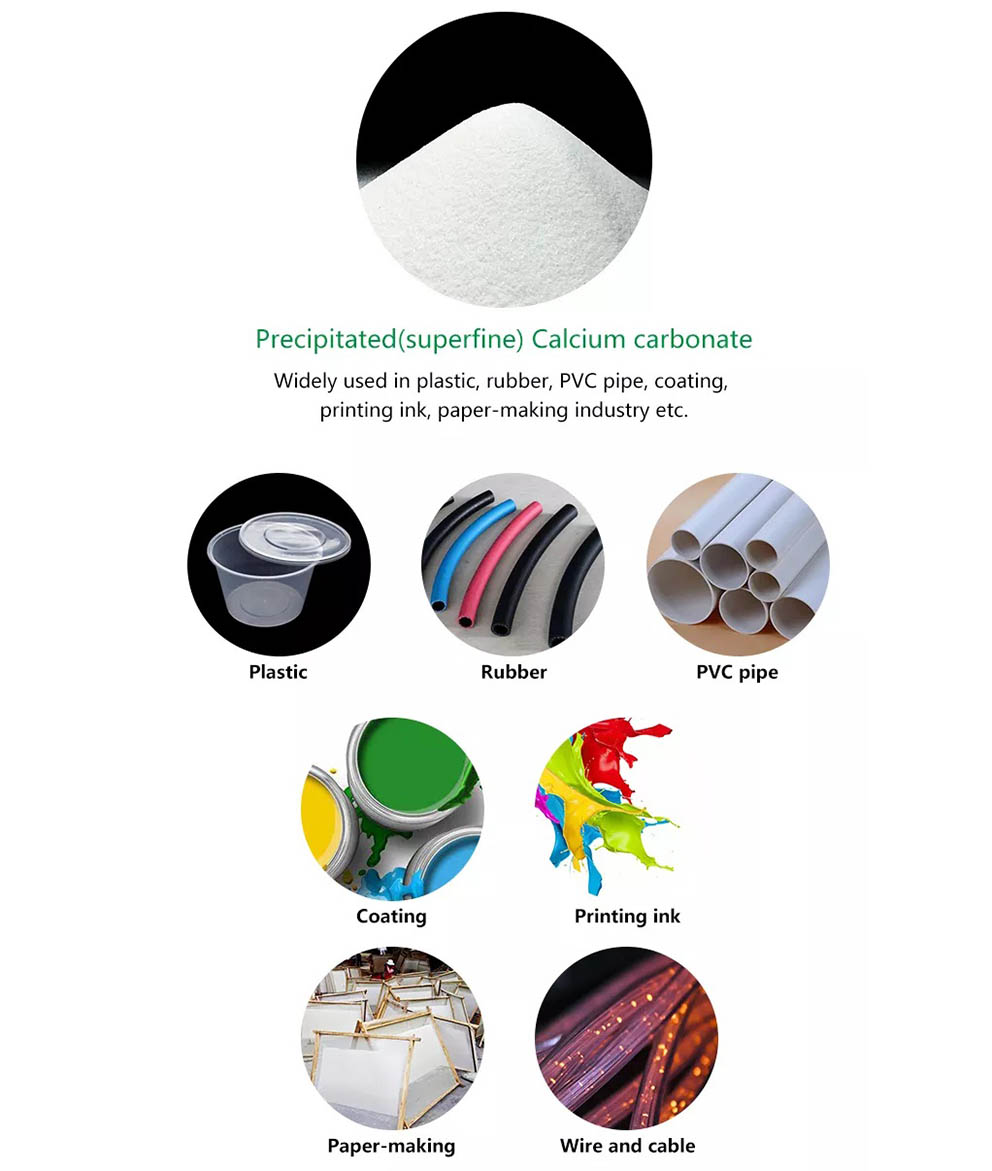
|
Test Item |
Index |
Test Result |
|
Standard |
GB/T9281-2003 |
|
|
Calcium carbonate(CaCO3) % ≥ |
98 |
98.7 |
|
PH value |
9.0-10.0 |
10.0 |
|
Volatile below 105°C % ≤ |
0.40 |
0.30 |
|
Particle size um(average) |
3.0-5.0 |
3.0-5.0 |
|
Insoluble matter in hydrochloric acid % ≤ |
0.10 |
0.01 |
|
Sedimentation volume ml/g ≥ |
2.80 |
2.90 |
|
Fe content%≤ |
0.08 |
0.001 |
|
Mn content , ≤ |
0.005 |
0.001 |
|
Residue 125μm Test sieve% ≤ |
0.005 |
0.001 |
|
Residue 45μm Test sieve% ≤ |
0.30 |
0.03 |
|
Whiteness %≥ |
90.0 |
96.70 |
|
Moisure content %≤ |
- |
- |
|
Result |
Superior class |
|
Heavy Calcium Carbonate is widely used as filler and improver.
Technical data for reference: heavy Caco3
|
Test Item |
Index |
ZCC902 |
|
Standard |
Conformable with HG/T 3249.1~3249.4-2013 |
|
|
CaCO3 W/% |
97 |
|
|
Whiteness |
94.5 |
|
|
D97/μm |
24.5 |
|
|
Oil absorption(linseed oil)(g/100g) |
26 |
|
|
105℃ volatile /% |
0.18 |
|
|
Heavy metal(Pb) W/% |
≤0.003 |
|
|
appearance |
white powder |
|
|
Mesh size |
600 |
|
|
Packing & Loading Qty |
25kgs/bag (27tons/20ft) |
|
Why Choose Us for Calcium Carbonate Industry
High transparency calcium carbonate (CaCO3) is a highly sought-after material used in various industries such as paint, paper, and plastics. The exceptional transparency and fine particle size make it ideal for these applications, providing superior performance and quality. In this article, we will explore why choosing our calcium carbonate products for your industrial needs is the right decision.
Superior Quality and Purity for Industrial Use
One of the main reasons to choose our calcium carbonate products for industrial use of calcium carbonate is the superior quality and purity we offer. Our high transparency calcium carbonate is manufactured to meet strict standards, ensuring it delivers exceptional performance in applications like paint, paper, and plastic production. The fine particle size and high transparency make it an excellent choice for industries where clarity and precision are critical. Whether used in coatings, fillers, or as a pigment, our calcium carbonate provides consistent and reliable results, ensuring that your final product meets the highest quality standards.
Versatility and Range of Applications in Industry
The use of calcium carbonate in industry extends far beyond paint and paper production. Calcium carbonate is a versatile material that can be used in a wide range of applications, from plastics to rubber to adhesives. Its versatility comes from its ability to improve the properties of various products. For example, in the paint industry, it enhances the texture and opacity of paints, while in the plastic industry, it increases the material's strength and durability. The adaptability of our highly transparent calcium carbonate makes it the perfect choice for manufacturers looking to improve the quality and performance of their products across various sectors.
Cost-Effectiveness and Reliability for the Calcium Carbonate Industry
Choosing our calcium carbonate products is also a cost-effective solution for businesses in the calcium carbonate industry. We offer high-quality materials at competitive prices, helping you reduce production costs while maintaining excellent product quality. Our efficient production processes and strong supply chain ensure that you receive reliable and timely deliveries, allowing you to meet production deadlines without compromising on quality. The affordability of our calcium carbonate products, combined with their superior performance, makes them an ideal choice for companies looking to optimize their operations and reduce costs.
In conclusion, selecting our high-transparency calcium carbonate for your industrial needs is a smart decision. With superior quality, versatility, and cost-effectiveness, our products provide the reliability and performance that industries like paint, paper, and plastics require. Whether for enhancing product properties or reducing production costs, our calcium carbonate products are designed to meet the diverse needs of modern manufacturing. By choosing us, you are investing in a solution that will help elevate your production processes and improve the overall quality of your products.
Industrial Use of Calcium Carbonate
High transparency calcium carbonate (CaCO3) is a critical material in several industries, especially in the paint, paper, and plastic sectors. Its ability to provide excellent performance, clarity, and consistency makes it a preferred choice in various manufacturing processes. This article explores the industrial use of calcium carbonate, particularly in these essential industries, and highlights why it continues to be a key component in modern production.
Calcium Carbonate's Role in the Paint Industry
The industrial use of calcium carbonate in the paint industry is well-established. Calcium carbonate is used as a filler and pigment in paints and coatings due to its high transparency and ability to improve the texture, opacity, and finish of paint. It enhances the durability and stability of paints, making them more resistant to weathering and abrasion. Additionally, it provides a smooth and even application, contributing to a higher-quality final product. The fine particle size of high-transparency calcium carbonate allows it to be easily blended with other ingredients in paint formulations, ensuring a consistent and uniform product.
Importance of Calcium Carbonate in the Paper Industry
In the paper industry, the use of calcium carbonate in industry is crucial for improving the quality and efficiency of paper production. Calcium carbonate is added to paper as a filler to enhance its brightness, opacity, and smoothness. It also helps to reduce costs by substituting more expensive materials without compromising the quality of the paper. High-transparency calcium carbonate improves the printing properties of paper, making it ideal for high-quality printing applications. Moreover, it contributes to the environmental benefits of paper production by reducing the need for bleaches and other chemical additives.
Calcium Carbonate's Contribution to the Plastic Industry
The plastic industry also relies heavily on calcium carbonate industry products, particularly in the production of various plastic materials and products. Calcium carbonate is used to reinforce the plastic, improving its strength, rigidity, and durability. It also helps to reduce the cost of production by substituting a portion of the more expensive plastic resins with a more affordable material. The high transparency version of calcium carbonate is particularly valued in plastic applications where clarity and aesthetics are important, such as in packaging and automotive parts. It enhances the visual appeal and performance of plastic products while maintaining their structural integrity.
In conclusion, the industrial use of calcium carbonate spans across multiple industries, including paint, paper, and plastic. Its versatility, high transparency, and cost-effectiveness make it an essential material in these sectors. Whether used to enhance the properties of paints, improve the quality of paper, or strengthen plastics, high-transparency calcium carbonate continues to be a valuable component in various manufacturing processes. As industries seek to improve product performance and reduce costs, the demand for this essential material is likely to grow, solidifying its place as a key ingredient in modern industrial applications.

35 Years Experience,Professional Service,Powerful Technology Support,Strict Quality Control Process
contact us-
 Brightness and WhitenessHigh transparency calcium carbonate enhances the brightness and whiteness of paints, coatings, and paper products.
Brightness and WhitenessHigh transparency calcium carbonate enhances the brightness and whiteness of paints, coatings, and paper products. -
 Cost-Effective Filler MaterialCalcium carbonate is an affordable filler that helps reduce the overall production cost of paints, plastics, and paper products.
Cost-Effective Filler MaterialCalcium carbonate is an affordable filler that helps reduce the overall production cost of paints, plastics, and paper products. -
 Enhanced Surface FinishIn paints and coatings, high transparency calcium carbonate improves the surface finish by providing smooth texture and better coverage.
Enhanced Surface FinishIn paints and coatings, high transparency calcium carbonate improves the surface finish by providing smooth texture and better coverage. -
 Environmental BenefitsCalcium carbonate is a naturally abundant and environmentally friendly material. It is non-toxic and biodegradable, making it an eco-friendly alternative to synthetic fillers.
Environmental BenefitsCalcium carbonate is a naturally abundant and environmentally friendly material. It is non-toxic and biodegradable, making it an eco-friendly alternative to synthetic fillers.











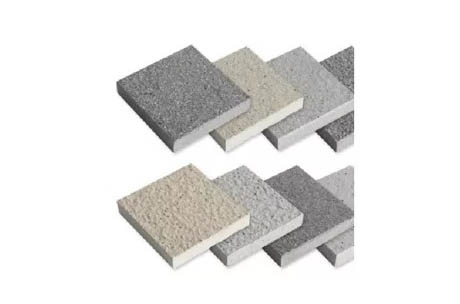
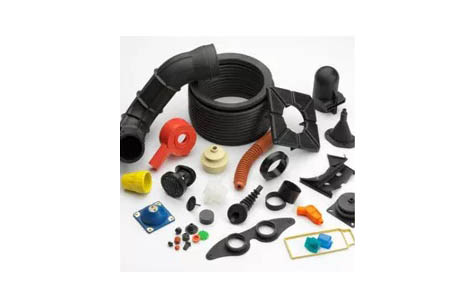
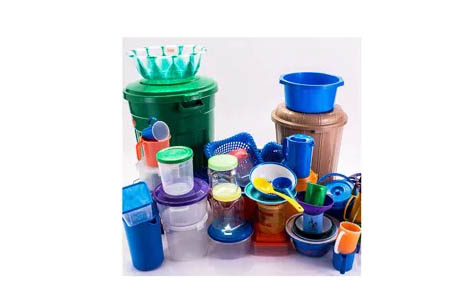
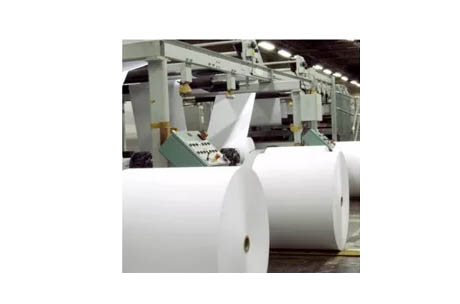
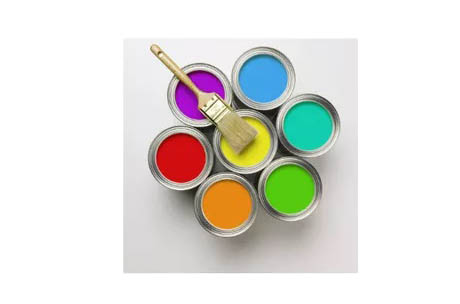
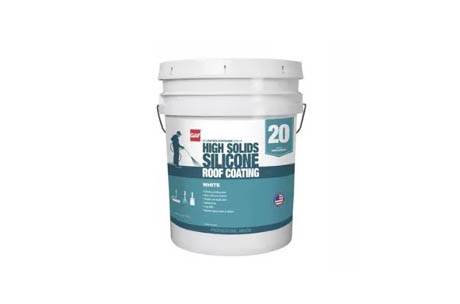
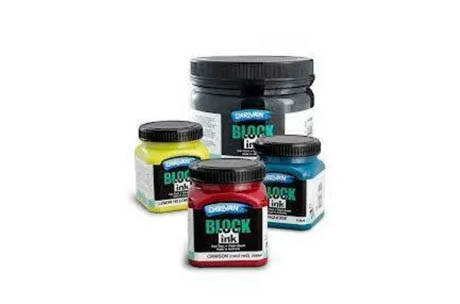
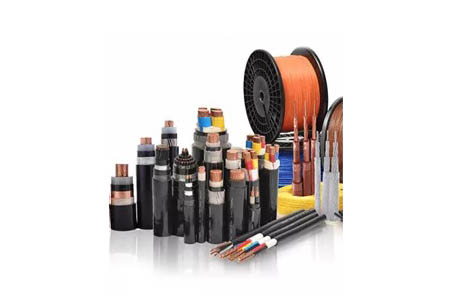

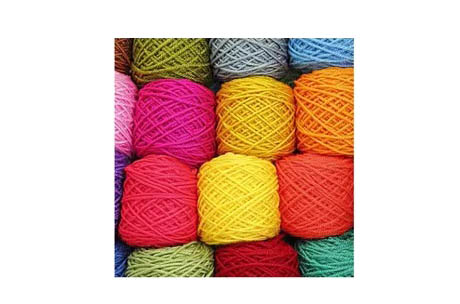
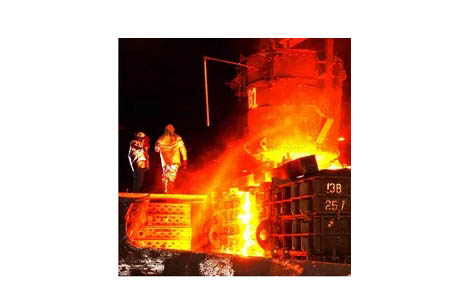
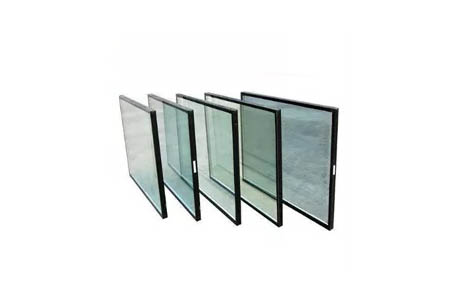
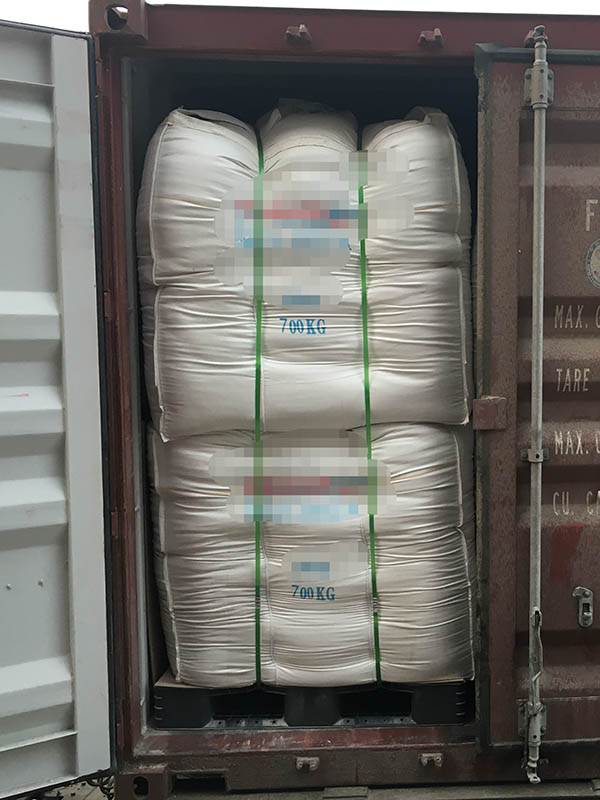

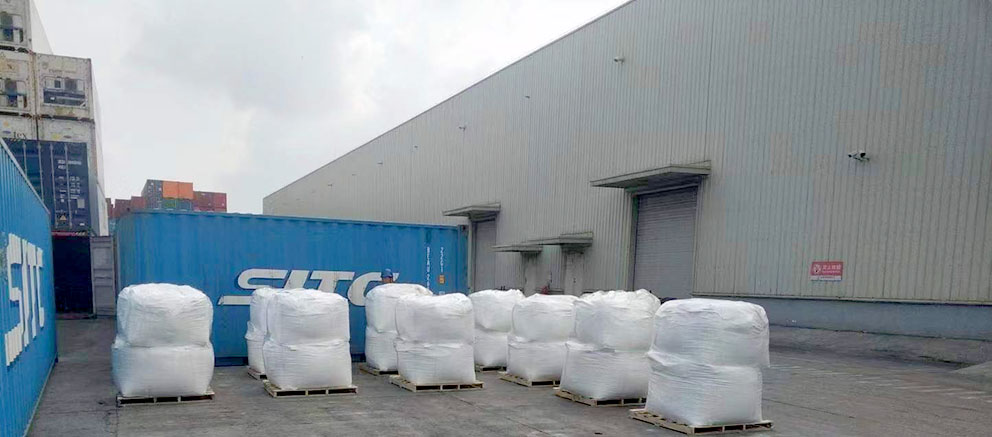
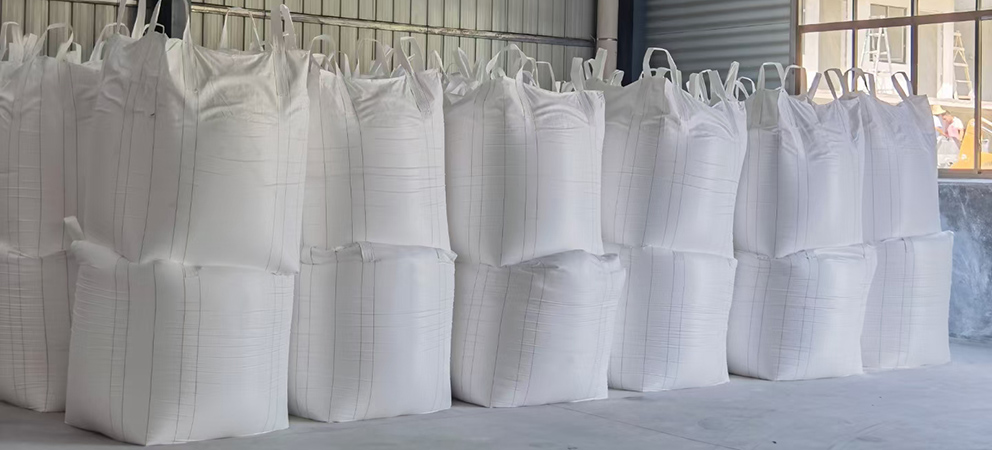
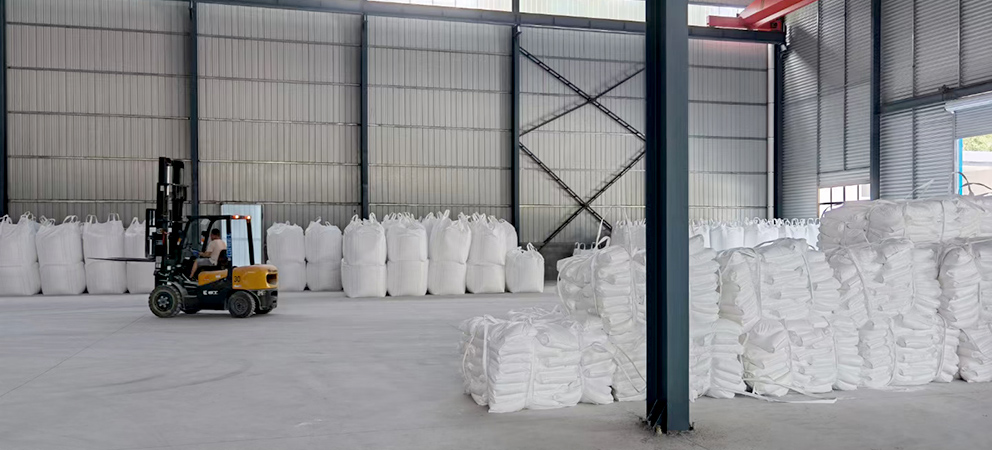
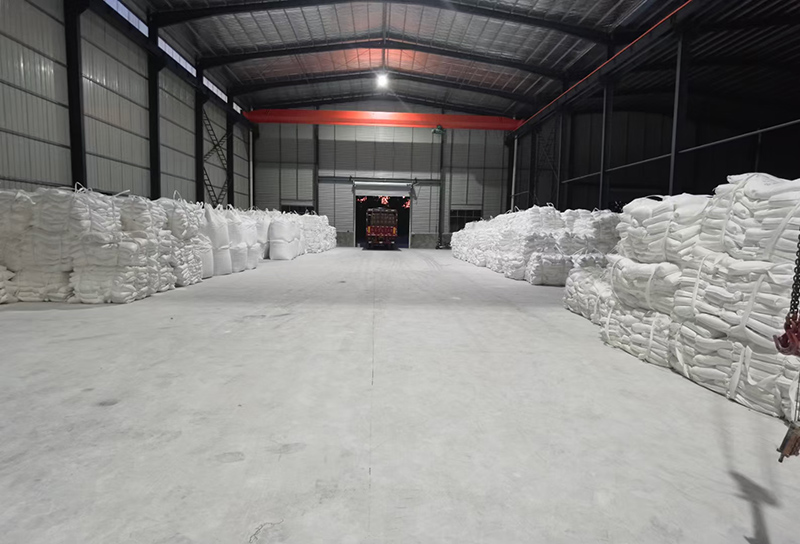
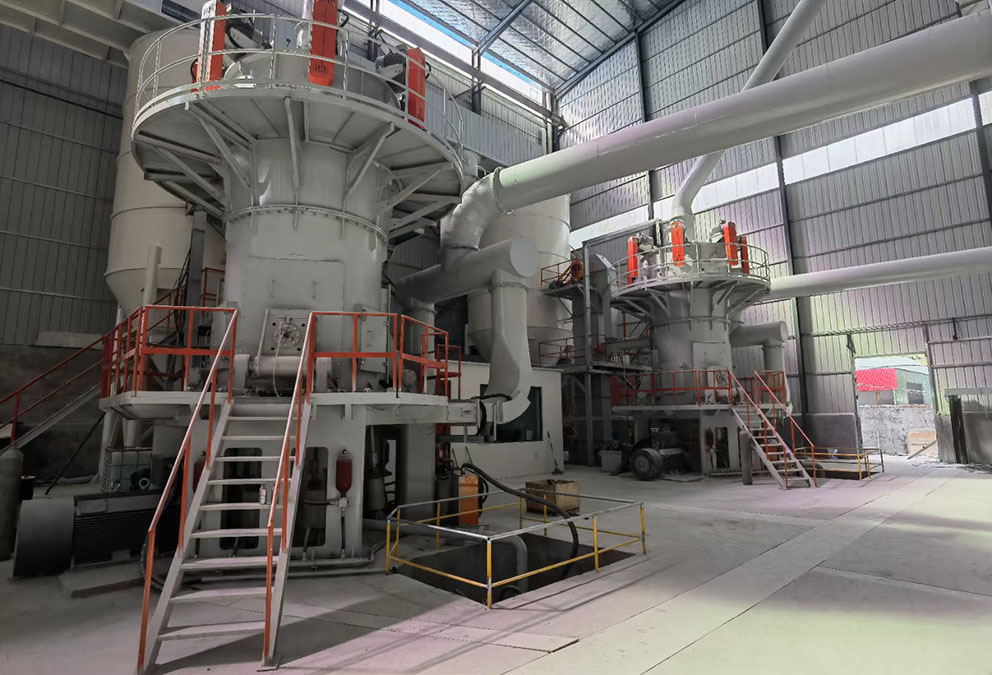
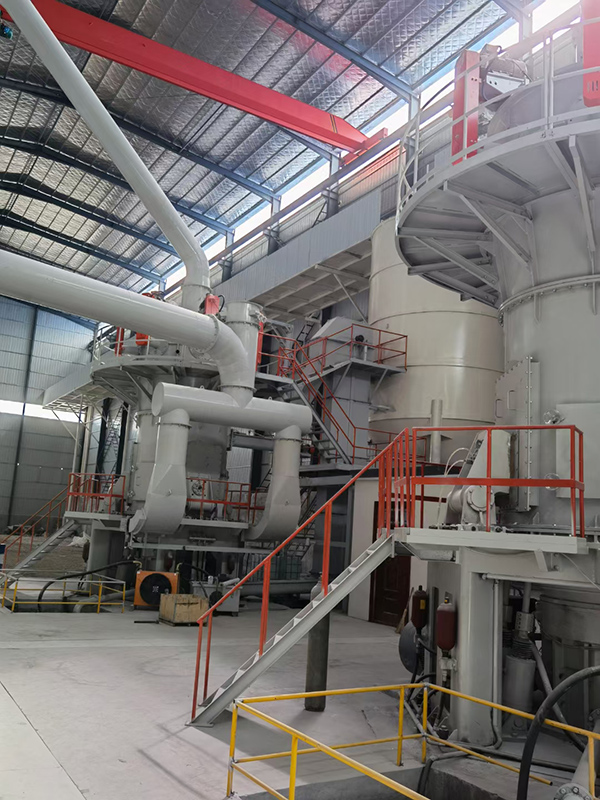

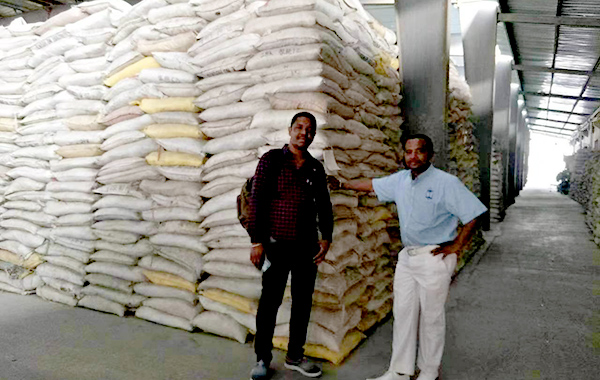

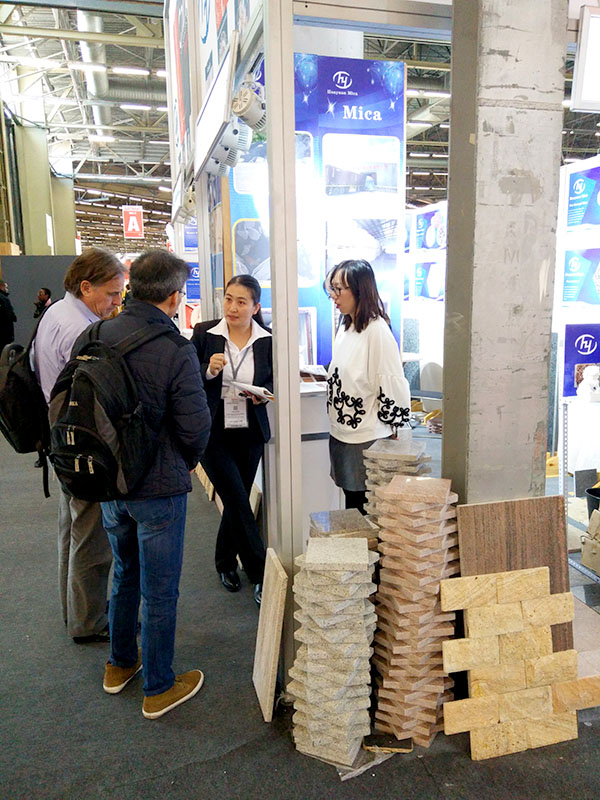
































.png)









